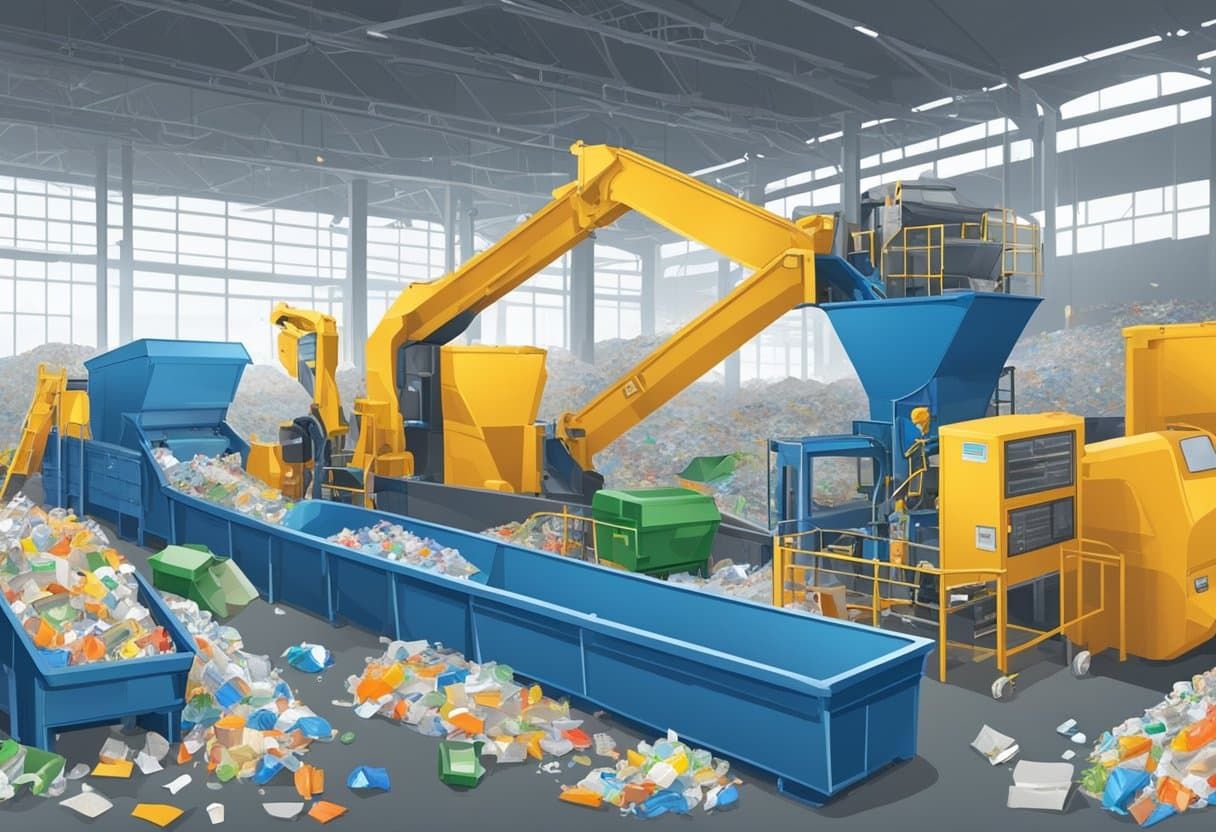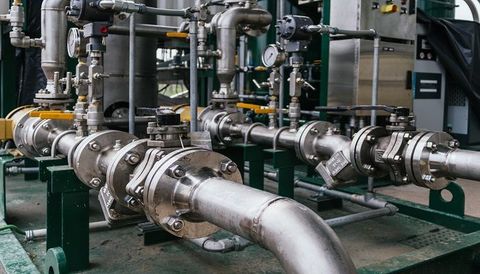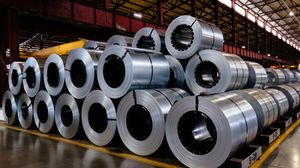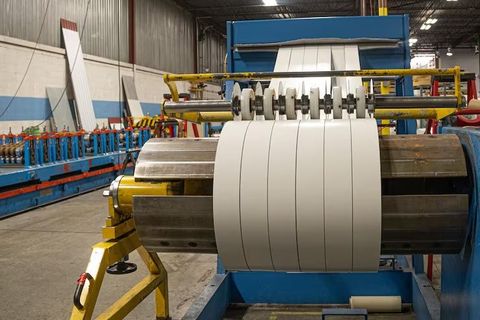Explore Recycling Machines: A Complete Guide with Key Insights and Facts
Recycling machines have become an essential part of sustainable waste management, helping societies manage growing waste volumes efficiently and responsibly. These machines play a major role in reducing environmental pollution, conserving resources, and supporting the circular economy. From small community setups to large industrial plants, recycling technology is shaping a cleaner and more efficient future.
Recycling machines are designed to process waste materials and convert them into reusable raw materials. They handle a wide range of materials such as plastics, metals, glass, paper, and e-waste. Common types include shredders, balers, granulators, separators, and compactors.
These machines are crucial for industries and municipalities working toward sustainability goals. Their adoption is not limited to environmental benefits—it also helps in efficient resource utilization and energy conservation.
Importance of Recycling Machines
The importance of recycling machines lies in their ability to address one of the most pressing global issues: waste management. Rapid urbanization and industrial growth have increased waste generation significantly, and traditional disposal methods such as landfilling are no longer sustainable.
Key benefits include:
-
Waste Reduction: Recycling machines help reduce landfill waste and minimize pollution.
-
Resource Conservation: Materials like aluminum, steel, and plastics can be reused multiple times, reducing the need for raw extraction.
-
Energy Efficiency: Recycling often requires less energy compared to manufacturing from virgin materials.
-
Economic Impact: Recycling creates jobs in collection, processing, and remanufacturing industries.
-
Environmental Protection: Reduced greenhouse gas emissions contribute to climate change mitigation.
For consumers and governments alike, adopting recycling technologies means investing in a cleaner, more sustainable world that prioritizes future generations.
Recent Updates and Trends
The global recycling industry is undergoing rapid transformation through automation, AI integration, and government-led sustainability goals. Recent years have witnessed several innovations and regulatory shifts:
-
AI-Powered Sorting Systems (2024): Smart recycling machines use computer vision and machine learning to identify and separate materials with higher accuracy.
-
Robotic Waste Pickers: Automated arms and sensors improve sorting speed and reduce manual labor.
-
Rise of E-Waste Recycling: With electronic waste growing by over 5% annually, specialized recycling machines for batteries and circuit boards are in demand.
-
Plastic Recycling Technologies: Advanced chemical recycling methods are being used to break down plastics into reusable polymers.
-
Global Policy Shift (2023–2025): Countries like Germany, Japan, and India are tightening recycling targets under national sustainability programs.
According to a 2024 report by the International Solid Waste Association (ISWA), global recycling machine demand is projected to grow at a compound annual rate of 7.5% through 2030, driven by smart waste management technologies and stricter waste regulations.
Table: Emerging Recycling Trends (2023–2025)
| Trend | Description | Expected Impact |
|---|---|---|
| Smart Sorting Systems | Use of AI and IoT in waste segregation | Increased recycling efficiency |
| E-Waste Machines | Focused recycling of electronics | Resource recovery and reduced landfill waste |
| Circular Economy Models | Promoting reuse and recycling | Sustainable industrial operations |
| Chemical Recycling | Breakdown of plastics into raw form | Enhanced plastic recovery rate |
Laws, Policies, and Global Regulations
Government regulations play a significant role in promoting recycling machine adoption and operation. Around the world, policies focus on sustainable production, circular economy goals, and waste reduction initiatives.
Key Examples:
-
European Union (EU): The Waste Framework Directive sets binding targets for member states to recycle at least 65% of municipal waste by 2035.
-
United States: The EPA’s National Recycling Strategy (2023) emphasizes infrastructure development, public awareness, and recycling innovation.
-
India: The Plastic Waste Management Rules (2022 Amendment) introduced Extended Producer Responsibility (EPR), requiring manufacturers to recycle or recover waste generated by their products.
-
Japan: The Home Appliance Recycling Law mandates recycling for products like TVs, air conditioners, and refrigerators, encouraging machine-based processing.
-
China: The Circular Economy Promotion Law supports investments in advanced recycling systems and waste-to-resource conversion.
These regulations create both accountability and opportunity. Companies and municipalities adopting recycling technologies can better comply with sustainability targets and environmental standards.
Tools and Resources for Recycling and Waste Management
For individuals, businesses, and policymakers, several online platforms, calculators, and organizations provide guidance on efficient recycling practices and machine selection.
Helpful Tools and Resources:
| Resource | Description |
|---|---|
| Global Recycling Foundation | Offers educational content, statistics, and annual reports on recycling |
| Recycling Locator (UK) | Tool to find local recycling centers and accepted materials |
| EPA Recycling Guidelines | Provides U.S.-based recycling standards and compliance resources |
| Waste Management Calculator | Estimates energy savings and CO₂ reduction through recycling |
| UN Environment Programme (UNEP) | Tracks global sustainability efforts and recycling initiatives |
These tools are valuable for planning sustainability strategies, calculating environmental impact, and improving recycling efficiency across communities and industries.
Frequently Asked Questions (FAQs)
1. What types of recycling machines are most commonly used?
Common recycling machines include balers, shredders, crushers, granulators, sorting systems, and compactors. Each is designed for specific materials such as metal, plastic, paper, or glass.
2. How do recycling machines benefit the environment?
They help reduce waste sent to landfills, lower greenhouse gas emissions, and conserve natural resources by reusing materials.
3. Are recycling machines expensive to maintain?
Maintenance needs vary depending on machine type and usage, but technological advancements have made many models more energy-efficient and durable, reducing long-term operational needs.
4. What are the latest innovations in recycling technology?
AI-driven sorters, robotic pickers, and chemical recycling are among the top innovations in recent years, improving both accuracy and sustainability.
5. How do governments promote recycling machine use?
Through subsidies, extended producer responsibility laws, waste management regulations, and public awareness campaigns that encourage recycling adoption.
Conclusion
Recycling machines are transforming waste management into a system that supports sustainability, resource conservation, and economic growth. As global waste generation continues to rise, adopting modern recycling technologies becomes essential for both environmental and industrial progress.
The future of recycling lies in automation, innovation, and collaboration between governments, businesses, and individuals. By understanding how recycling machines work, the policies that guide them, and the resources available, everyone can contribute to a cleaner, more sustainable planet.





